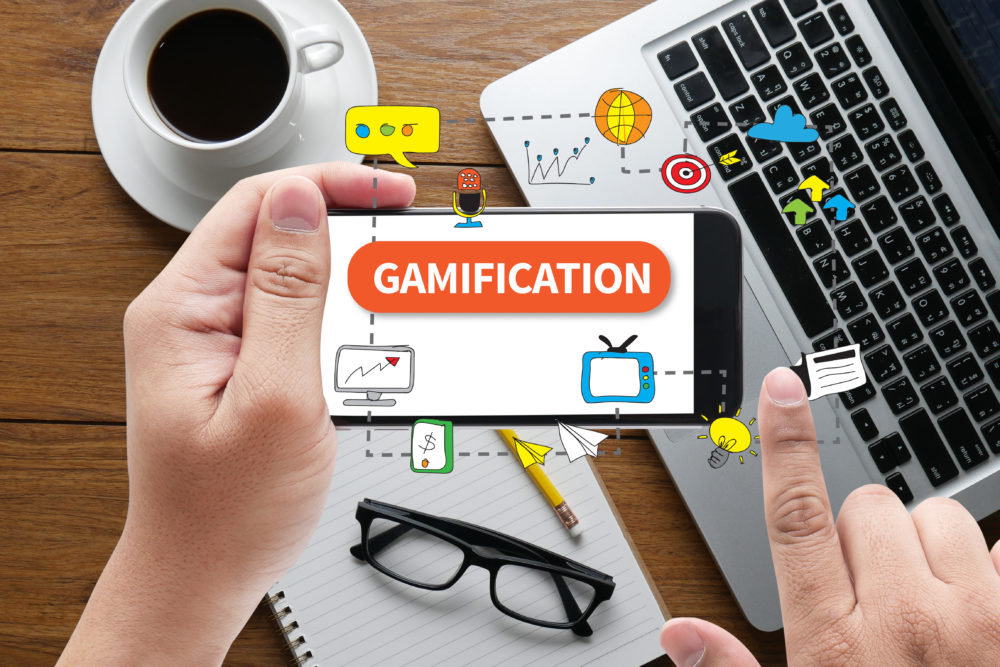When it comes to worker productivity, the UK lags behind its European counterparts.
The Office for National Statistics’ most recent report highlights that the average British worker produces 16 per cent less on average compared to other workers in the G7. More concerning is that the UK’s annual growth in productivity has plummeted from an average of 2.3 per cent to just 0.4 per cent in the past decade.
According to the recent National Employee Research Survey, the answer to this decline lies with employee motivation. While 72 per cent of employees would work harder if they were appreciated with a comprehensive staff appreciation programme, a huge 62 per cent stated they hardly ever or were never appreciated by their boss.
However, SMEs are at a significant disadvantage when it comes to boosting employee motivation through appreciation programmes. Many lack both the financial and physical resources to offer comparable benefits, rewards and flexibility compared to larger enterprises.
Nonetheless, recognising employees for their hard work is not optional. SMEs investing in enriching the employee experience must therefore do so in a precise and targeted manner, making sure that these programmes have a distinct and measurable ROI.
Thanks to technological developments in mobile workforce management and IoT sensor technology, businesses can now measure employee activity in near real-time. As a result, many have been able to ‘gamify’ aspects of work, using leader boards and live performance data to provide instant feedback to employees on their daily achievements.
Derek Bryan, VP EMEA at Verizon Connect, explores this further.
Extrinsic vs intrinsic motivation
While an annual bonus or ‘employee of the month’ programme will help motivate employees to be more productive, this doesn’t necessarily generate a direct association between specific activities and their rewards.
These rewards work via extrinsic motivation, where the employee’s role and reward for their performance in that role are seen as separate entities. Through instant feedback and identifying where employees are either improving or excelling, employees are more likely to feel more intrinsically rewarded (i.e. rewarded for the work they do, as they do it).
Precise data-fed insights in near real-time
Thanks to the latest innovations in IoT and sensor technology, monitoring individual employee behaviour and KPIs has become easier through automation.
Feeding information from these monitoring tools to employees in near real-time allows workers to become aware of any bad habits they may have developed and be motivated to improve through standing in relation to their peers. Cultivating positive feedback loops between productive behaviour and a worker’s ‘score’ (data fed from monitoring tools) helps them eradicate these bad habits without requiring heavy investment in reward programmes or HR platforms.
As an industry, fleet management is ideally placed to reap the benefits of gamification. Previously, driver behaviour has been difficult to monitor and had a significant impact on a business’ bottom line. Many fleets are now installing telematics devices in vehicles to monitor speed, engine status, braking and location to inform reports on driver behaviour.
“A worker’s ‘score’ helps them eradicate bad habits without requiring heavy investment in reward programmes or HR platforms”
Presenting data from these tools back to drivers allows businesses to empower drivers to take responsibility for their own actions, while also creating a fun and competitive working environment.
Final thoughts
SMEs stand to benefit the most from gamifying employee work. By deploying the right technology, they can avoid the time-consuming and costly process of identifying employee strengths and weaknesses through hours of HR admin.
Employees receive feedback on a rolling basis, increasing their levels of recognition while freeing team leaders from monitoring responsibilities. SMEs can use their ‘gamified’ technology to make their operations run more efficiently and gain an edge over larger enterprises when it comes to delivering against business targets.
Gamification also suits smaller-sized businesses better, where close-knit communities of employees will feel more motivated by the appeal of healthy competition with colleagues they know personally based on data-driven insights, rather than arbitrary identifications of ‘employee of the month.’
Worker productivity is just one of the issues that both large and small businesses can resolve through more effective use of their data. Gamification offers a simple and cost-effective solution to boosting employee productivity and motivation using an organisation’s existing resources, offering an effective and efficient solution without breaking the bank.
How to go about gamifying
It’s a difficult concept to grasp, but there are certain tactics you can take to gamify parts of your business. This infographic from Market Inspector will give you some ideas.






